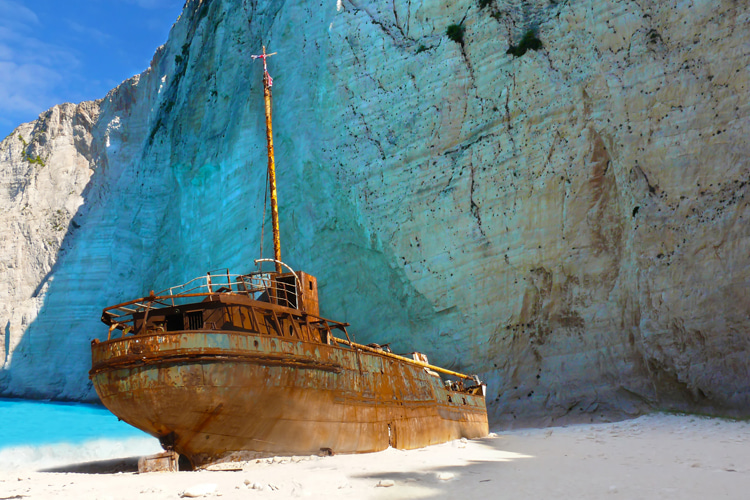Shipwrecks are often shrouded in mystery and carry stories of adventure, bravery, and sometimes tragedy.
Over the years, many ships have met their untimely end.
They went down to the bottom of the ocean, leaving behind tales of their voyages and the events that led to their sinking.
In this article, we explore the world of shipwrecks and present to you some of the most famous ones that have been found.
From the Endurance, which was lost beneath the ice floes of the Weddell Sea, to the RMS Titanic, these shipwrecks have captured the imagination of people all over the world.
The United Nations (UN) estimates that around three million shipwrecks are lost underwater.
As a result, there are several expeditions underway that are publicly sanctioned by governments and others privately funded by organizations and foundations.
The goal is to search the open seas for sunken vessels and lost underwater historical treasures.
Billions of dollars in gold, silver, and other valuable artifacts have and will be found. For many historians, shipwreck hunting even became a hobby.
Some notable shipwrecks can be visited, stranded on beaches, deep on the bottom of the ocean, or lying on terra firma.
Prepare to embark on an underwater journey as we explore the deadliest and most famous shipwrecks and their historical treasures.
RMS Titanic
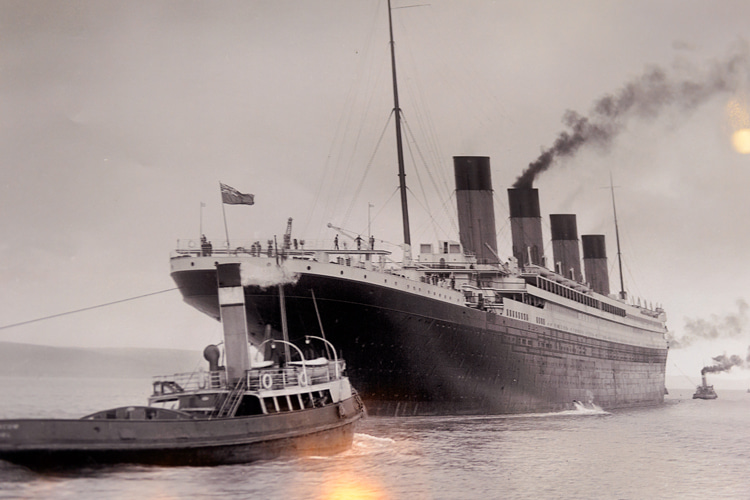
The RMS Titanic was a luxury steamship operated by the White Star Line.
On April 15, 1912, it sank during the maiden voyage of the British luxury passenger liner en route from Southampton, England, to New York City.
The ship collided with an iceberg and sank, killing about 1,500 passengers and ship personnel, and 700 survived.
The Titanic was known for being the largest ship in the world at the time and for its captain disregarding warnings of ice on the route.
Bismarck
The battleship Bismarck was one of the largest battleships built for the Kriegsmarine, the navy of Nazi Germany.
It was launched on February 14, 1939.
The ship sank on May 27, 1941, in the North Atlantic near France after being attacked by the British navy.
It was the most formidable battleship built at the time, with a displacement of 52,600 tons, eight 15-inch guns, and a speed of 30 knots.
The Bismarck was on its maiden voyage, commanded by Admiral Günther Lütjens, when it was sighted off Bergen, Norway, by a British reconnaissance aircraft.
The German death toll was more than 2,000.
SS Rio Grande
The SS Rio Grande was a World War II German blockade runner sunk by two US destroyers in January 1944, 55 miles off the coast of Brazil in the Atlantic Ocean.
The crew of the Rio Grande abandoned the ship and its cargo and purposely tried to sink it.
The wreck of the SS Rio Grande was the deepest known shipwreck at 18,904 feet (5,762 meters) until the discovery of the USS Johnson in 2019.
RMS Lusitania
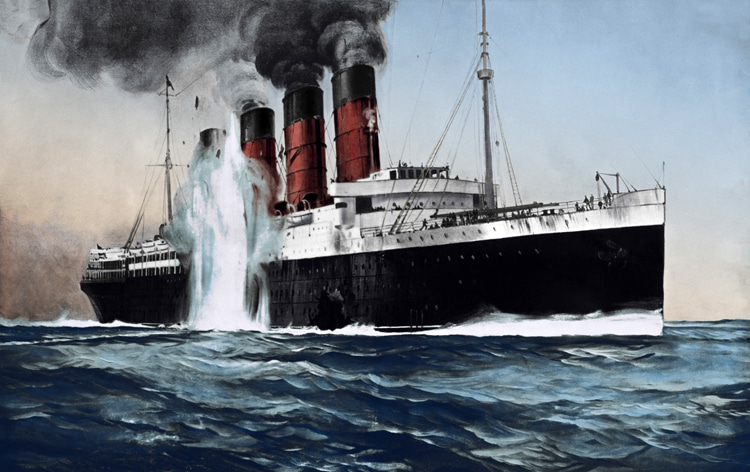
RMS Lusitania was a British ocean liner that the Cunard Line launched in 1906.
It was known for holding the Blue Riband for the fastest Atlantic crossing in 1908 and was briefly the world's largest passenger ship.
It was torpedoed and sank by a German U-boat on May 7, 1915, en route from New York to Liverpool.
The event contributed indirectly to the entry of the United States into World War I.
The sinking resulted in the drowning of 1,198 people, including 128 US citizens.
SS Baron Gautsch
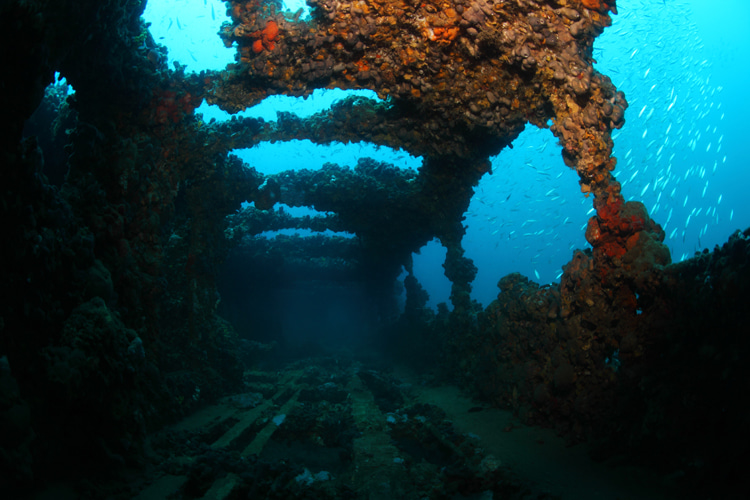
The SS Baron Gautsch was an Austro-Hungarian luxury steam yacht that sank after hitting a mine off the coast of Croatia on August 13, 1914.
The sinking occurred during the early days of World War I and resulted in the deaths of all passengers and crew onboard.
USS Arizona
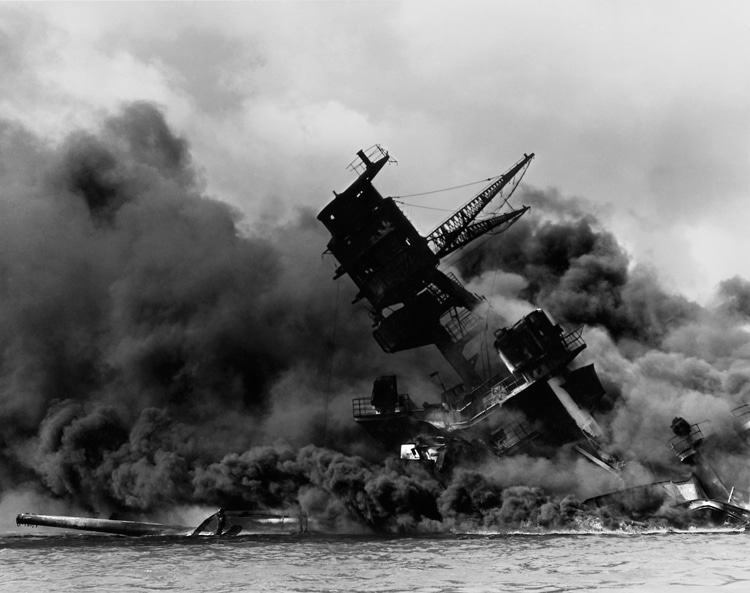
The USS Arizona was a battleship built for the US Navy in the mid-1910s. It sank during the Japanese attack on Pearl Harbor in 1941.
Over 1,170 crewmen were killed. The USS Arizona is now commemorated by a concrete memorial that spans the wreckage.
MV Doña Paz
MV Doña Paz was a passenger ferry that collided with an oil tanker called Vector and sank on December 20, 1987.
It was a Japanese-built and Philippine-registered ship with a passenger capacity of 608.
The disaster is considered the deadliest peacetime maritime disaster.
MV Wilhelm Gustloff
MV Wilhelm Gustloff was a German military transport ship sunk by Soviet submarine S-13 in the Baltic Sea in 1945 while evacuating civilians and military personnel from East Prussia, Lithuania, Latvia, Poland, and Estonia as the Red Army advanced.
It was part of Operation Hannibal and was the first ship built for the German Labour Front's Strength Through Joy program, which subsidized leisure activities for German workers.
It measured 684 feet in length and weighed over 25,000 tons.
MV Salem Express
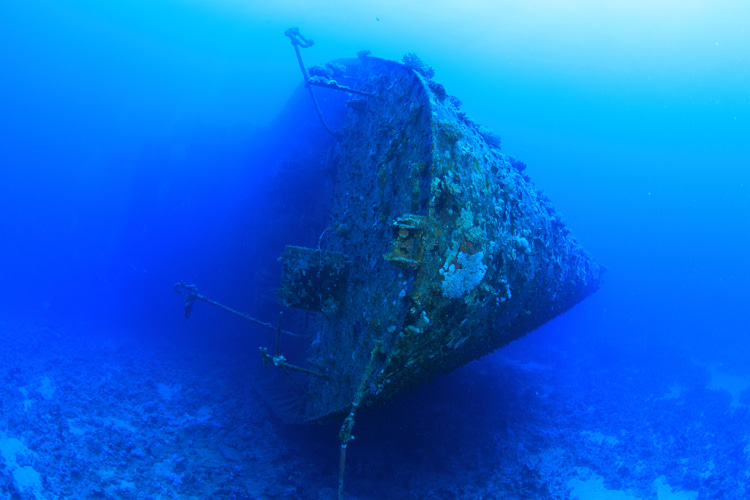
The MV Salem Express was a roll-on/roll-off passenger ferry that operated for 25 years, connecting Jeddah in Saudi Arabia to Safaga in Egypt.
It sank on December 11, 1991, after striking one of the Hyndman Reefs.
The wreck is located off Safaga and is one of the most controversial wrecks in the Red Sea.
RMS Empress of Ireland
The RMS Empress of Ireland was a British-built ocean liner and a transatlantic passenger ship.
It sank in the St. Lawrence River near Rimouski, Québec on May 29, 1914, after colliding with the Norwegian collier Storstad in dense fog, killing over 1,000 of the 1,477 people on board.
It is considered one of the worst maritime disasters in history.
Endurance
The Endurance was a three-masted barquentine used by Sir Ernest Shackleton and a crew of 27 men on the 1914-1917 Imperial Trans-Antarctic Expedition.
It was originally named Polaris, was built in Norway in 1912, and eventually sank in 1915 at the bottom of the Weddell Sea after being crushed by sea ice.
The Mary Rose
The Mary Rose was an English warship commissioned during the reign of King Henry VIII, built between 1509 and 1511 in Portsmouth, England.
It served as the fleet's flagship, fought in wars against France and Scotland, and served in the Royal Navy for 34 years until it was sunk in 1545.
The wreck was located in 1971 and raised in 1982 as part of a complex and expensive maritime salvage project by the Mary Rose Trust.
The surviving section of the ship and recovered artifacts are valuable as a time capsule from the Tudor period.
It is now displayed at Portsmouth Historic Dockyard.
Vasa
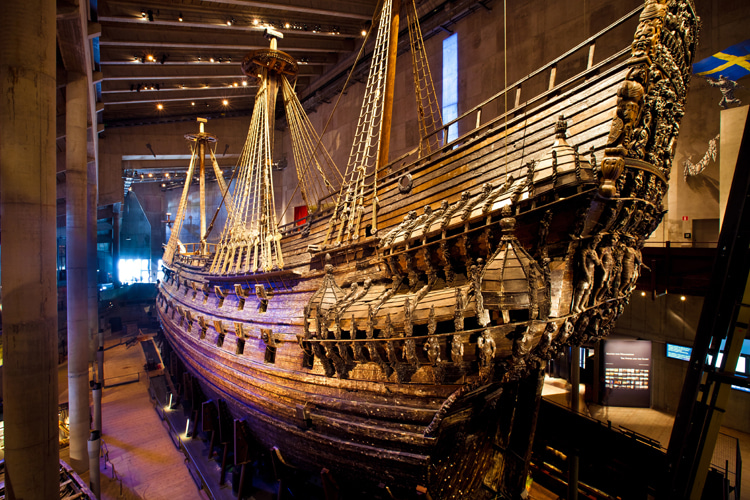
The Vasa shipwreck was a Swedish warship that sank on its maiden voyage in 1628 and was located in the late 1950s in Stockholm harbor.
The ship was salvaged in 1961 with a largely intact hull and was found to have been top-heavy and unstable due to the weight of its second gun deck and the massive sculptures on the prow.
Over 40,000 items were recovered from the ship's hull.
RMS Rhone
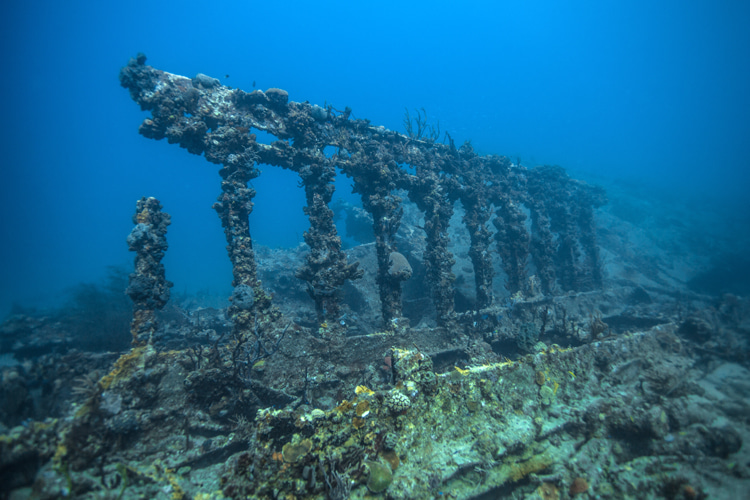
The RMS Rhone was a British Royal Mail Steam Packet Company passenger and cargo ship that sank in a hurricane in the British Virgin Islands on October 29, 1867.
Despite attempts to ride out the storm, the ship was overwhelmed by high winds and waves and eventually sank.
Many passengers and crew survived, but over 130 lives were lost.
It was one of the most famous shipwrecks in the Caribbean and is now a popular dive site.
Flor do Mar
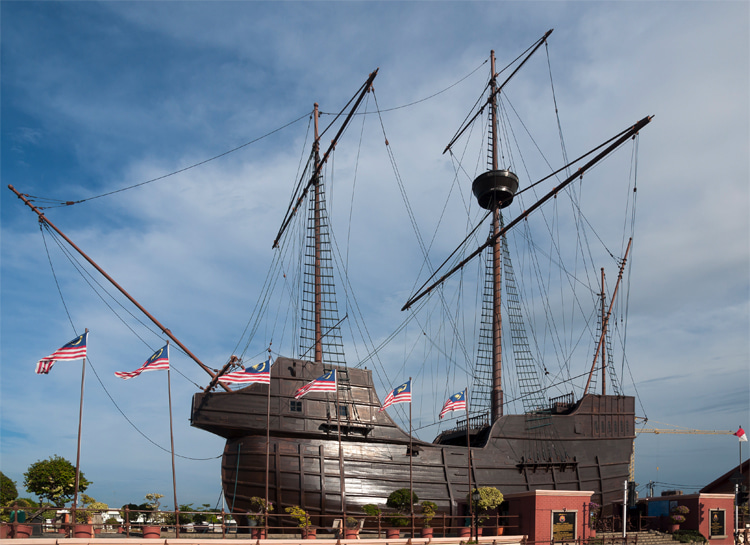
The Flor do Mar was a Portuguese carrack ship built in Lisbon in 1502 and used for the Portuguese India run, primarily to ferry troops, officials, missionaries, and colonists between Europe and Asia and for the spice trade.
It was 400 tons and considered one of the finest vessels of its time.
The ship sank somewhere off the coast of Sumatra, possibly in the Strait of Malacca, while carrying a large amount of treasure on its voyage back to Portugal.
MS Estonia
The MS Estonia was a cruise ferry built in 1980, employed on ferry routes between Finland and Sweden.
It sank in the Baltic Sea on September 28, 1994, while sailing from Tallinn to Stockholm, resulting in 852 deaths.
MS World Discoverer
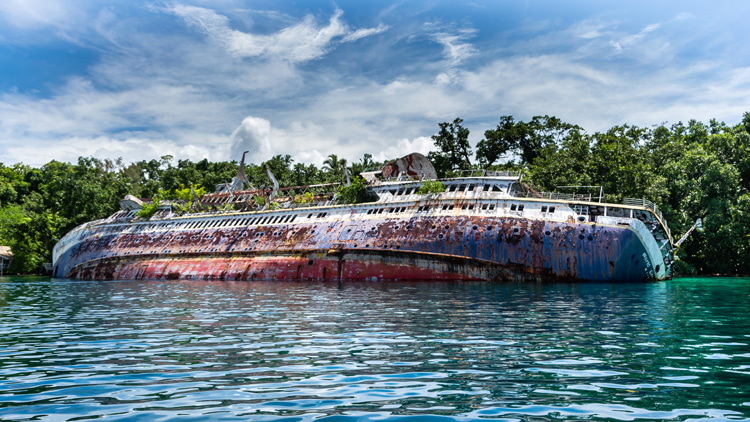
The MS World Discoverer was a German-built luxury expedition cruise ship launched in 1984.
The ship was operated by several companies and made voyages to remote and exotic destinations, including the Antarctic and the Arctic.
The ship was severely damaged after running aground on a reef in the Solomon Islands in 2000 and was later scrapped.
SS Andrea Doria
The SS Andrea Doria was an Italian passenger liner that sank after a collision with the Stockholm in the Atlantic Ocean in 1956.
It was a flagship of the Italian Line, had a gross tonnage of 29,100, and was the largest, fastest, and supposedly safest of Italy's ships at the time, with a capacity of around 1,200 passengers and 500 crew.
SS Maheno
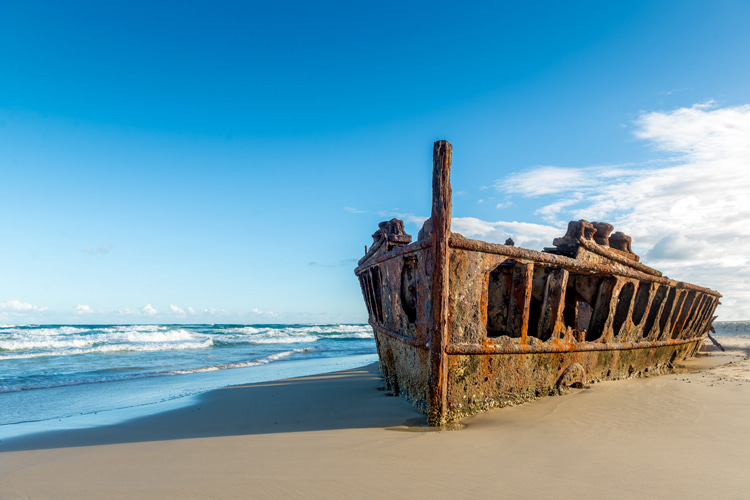
The SS Maheno was a luxury ocean liner built in 1905 for the Union Steamship Company of New Zealand.
The ship served as a hospital ship during World War I before being decommissioned and later stranded on Fraser Island, Queensland, Australia, in 1935.
Efforts to refloat the ship were unsuccessful, and it has remained on the beach ever since, becoming a popular tourist destination and landmark on the island.
Sultana
The Sultana was a 260-foot-long wooden steamboat built in Cincinnati in 1863. It transported passengers and freight between St. Louis and New Orleans on the Mississippi River.
On April 27, 1865, the ship experienced its worst maritime disaster in US history when three of its four boilers blew and caught fire.
USS Maine
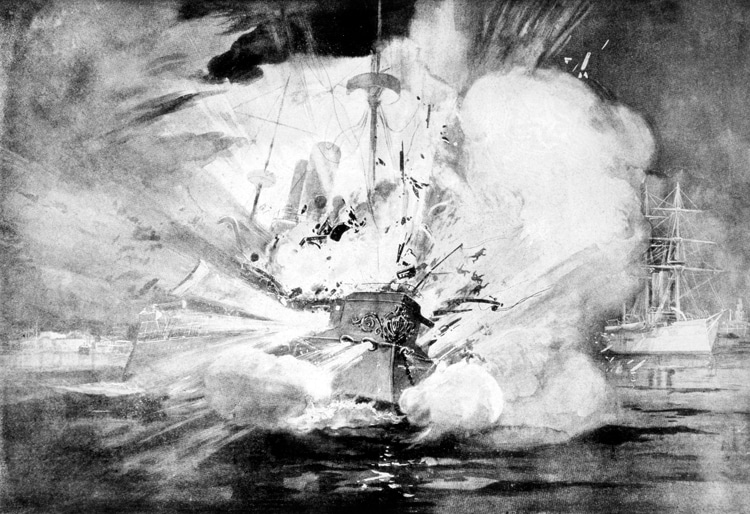
The USS Maine was an American battleship that sank in Havana Harbor, Cuba, in 1898.
It sank due to an explosion, the cause of which remains uncertain.
Some believe it was due to an external attack, such as a mine, while others think it was due to an internal malfunction, such as a coal bunker fire.
The exact cause of the explosion has never been determined.
The sinking of the ship was a contributing factor to the outbreak of the Spanish-American War.
The White Ship
The White Ship was a large vessel that sank in the Channel while transporting nobles and the heir to the English throne from France to England in 1120.
It was clinker-built, resembling a Viking longship, and was propelled by 50 oarsmen.
SS Thistlegorm
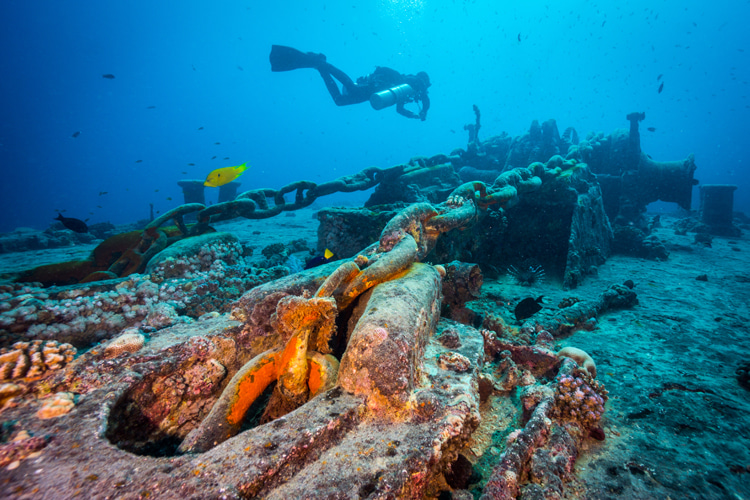
The SS Thistlegorm was sunk by German bombers in the Red Sea on October 6, 1941.
The ship was carrying war supplies, including vehicles, ammunition, and motorcycles, and was targeted by the German airforce during World War II.
The bombs hit the ship's holds, causing a large explosion and sinking the vessel within minutes.
The wreck is now a popular dive site.
SS Eastland
The SS Eastland was a passenger ship used for tours based in Chicago that rolled over and killed 844 passengers and crew on July 24, 1915.
It was the largest loss of life from a single shipwreck on the Great Lakes.
USS Spiegel Grove
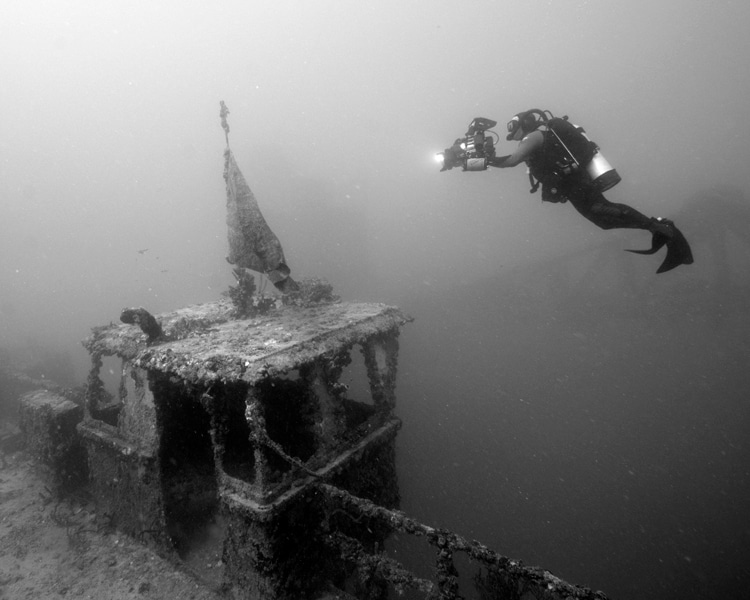
The USS Spiegel Grove (LSD-32) was a landing ship dock serving in the United States Navy from 1955 to 1989.
After being decommissioned and laid up in the James River Reserve Fleet, it was later sunk as an artificial reef off the coast of Key Largo, Florida, in 2002.
The sinking was initially unsuccessful, but it finally came to rest in an upright position on the ocean floor.
It was the largest intentional sinking of a ship to create an artificial reef.
Santa Maria
The Santa Maria was one of the ships used by Christopher Columbus on his first voyage to the Americas in 1492. It was the largest of the three ships on the expedition, along with the Pinta and the Niña.
The Santa Maria ran aground near present-day Cap-Haïtien, Haiti, on December 25, 1492, due to a navigational error while Columbus and his crew attempted to anchor off the coast.
The ship could not be refloated and was eventually abandoned by Columbus and his crew, who used its timbers to build a fort on the island.
The exact reason for the navigational error is unknown, but it may have been caused by a combination of factors, including strong currents, winds, and Columbus' unfamiliarity with the waters.
Other famous shipwrecks include:
- AHS Centaur
- BOS 400
- Black Swan
- Dimitrios
- Eduard Bohlen
- Gribshunden
- HMAS Protector
- HMHS Britannic
- HMS Defiance
- HMS Erebus
- HMS Victory
- La Belle
- La Famille Express
- MV Captayannis
- MV E Evangelia
- Mediterranean Sky
- Moskva
- Olympia
- Probitas
- Queen Anne's Revenge
- RMS Republic
- SS America
- SS Edmund Fitzgerald
- SS President Coolidge
- SS Republic
- Satil
- Sweepstakes
- Tabarka
- USS Monitor
